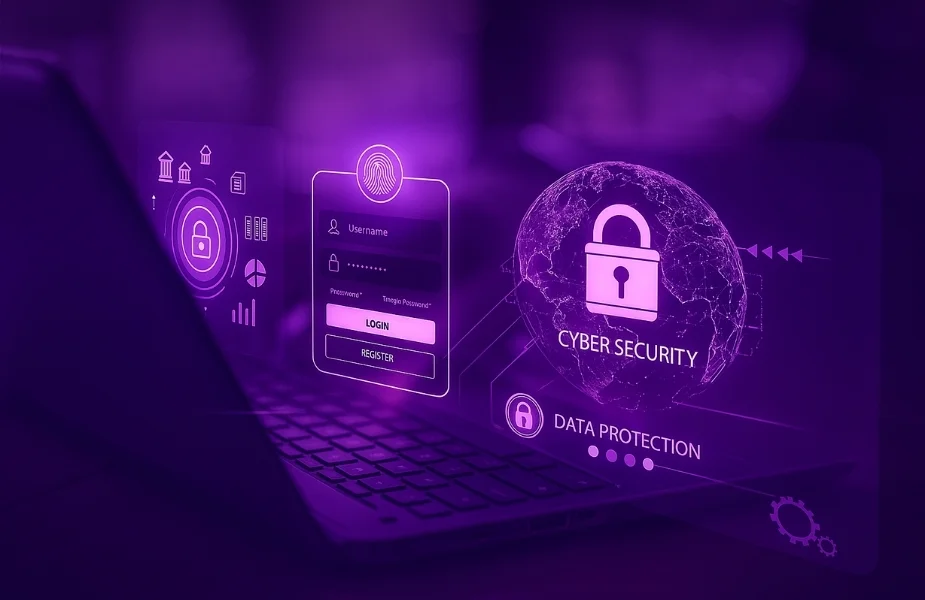A Security Operations Center (SOC) operates as the central hub for an organization’s cybersecurity efforts. It’s a group focused on keeping an eye out for security issues, spotting them, analyzing what happened, and taking action when incidents occur. In today’s digital landscape, where cyber threats are evolving rapidly, having a strong Security Operations Center is essential, not just a nice to have. The SOC lifecycle outlines the essential steps needed to boost your organization’s cybersecurity strength. Let’s take a closer look at the SOC lifecycle and see how each phase plays a vital role in protecting your digital assets. The SOC lifecycle outlines the essential steps needed to boost your organization’s cybersecurity strength. Let’s take a closer look at the SOC lifecycle and see how each phase plays a vital role in protecting your digital assets.
Stage 1: Incident Detection
Proactive Monitoring:
A strong SOC relies on its capacity to keep an eye on networks, systems, and applications as they happen. SOC analysts use their skills along with cutting-edge security tools to spot unusual activities, like strange network traffic or odd login attempts, which might indicate a possible threat. Keeping an eye on your systems helps you catch problems early, preventing them from turning into serious cyber threats.
Alert Triage and Prioritization:
When an alert goes off, it’s important to remember that not every incident carries the same weight. SOC analysts need to sort through and prioritize alerts by looking at how serious they are and what kind of impact they might have. This approach helps security teams focus on the most important threats right away, so they don’t get overwhelmed by less urgent alerts. Being able to prioritize alerts accurately is essential for keeping your response efficient and effective.
Threat Intelligence Integration:
The SOC brings together threat intelligence feeds that offer valuable insights into the newest cyberattack trends, rising threats, and key indicators of compromise (IOCs). This knowledge boosts your skills in spotting threats early and getting ready with the right defenses. Staying updated is crucial for keeping your team one step ahead of changing cyber threats, which boosts your overall defense strategies.
Stage 2: Incident Investigation
Deep Dive Analysis:
Once you’ve flagged an incident as a priority, the next step is to dive into a thorough investigation to understand the details of the threat. SOC analysts carefully examine system logs, network traffic, and application behavior to understand how the attack began and which vulnerabilities were exploited. This step is crucial for minimizing the impact and ensuring we understand exactly how the attack occurred.
Root Cause Analysis:
Looking into how the attacker got in is key to stopping future breaches. Was the breach caused by a phishing attack, a flaw in your software, or a security control that wasn’t set up correctly? Finding the root cause is essential for spotting the weaknesses in your cybersecurity setup. This approach helps you tackle the real problems instead of just dealing with the surface issues.
Scope Determination:
Grasping the full scope of a breach is crucial for a successful response. SOC analysts must determine whether any sensitive data has been compromised, assess the number of affected systems, and evaluate if the attacker accessed critical assets. Grasping the possible harm is essential. It ensures that every aspect of the breach is managed effectively throughout the containment and recovery stages.
Stage 3: Containment
Isolation:
After defining the scope, the next important step is to focus on containment. SOC analysts take action by isolating the impacted systems or network segments, ensuring that the attack doesn’t spread any further. You might need to disconnect any devices that have been compromised, disable user accounts, or stop certain types of network traffic. Quick and decisive containment minimizes the damage to your organization’s data and infrastructure.
Mitigation:
After isolation, mitigation actions are taken to reduce the impact of the attack. This may include neutralizing malware, removing malicious access points, or applying quick fixes to vulnerable systems. The goal is to stop the immediate threat while ensuring that normal operations can resume as soon as possible.
Stage 4: Eradication
Root Cause Elimination:
During the eradication phase, the SOC ensures that the root cause of the attack is fully addressed. This might involve applying security patches, updating configurations, or even replacing compromised systems. The goal is to remove all traces of the attacker’s presence and fix the weaknesses that allowed the breach to occur in the first place.
Malware Removal:
If malware is involved, specialized tools and techniques are employed to ensure that all malicious code is removed from your systems. Even a small trace of malware left behind could lead to future compromises, so thorough eradication is crucial for long-term security.
Stage 5: Recovery
System Restoration:
With the threat eradicated, attention shifts to restoring affected systems and applications to their pre-incident state. This could involve rolling back to clean backups or rebuilding compromised components. The priority is to ensure business continuity while verifying that no vulnerabilities remain.
Business Continuity:
During recovery, SOC teams activate your business continuity and disaster recovery plans to minimize operational disruptions. This ensures that critical services can continue with minimal downtime while the full restoration process is underway. Successful recovery depends on having well-prepared continuity plans that address both technical and operational needs.
Stage 6: Lessons Learned and Improvement
Post-Incident Review:
After the incident is resolved, the SOC conducts a detailed review to assess what went wrong, what worked well, and what could be improved. This includes analyzing the attack vector, response times, and any security gaps that were identified during the incident. The lessons learned from this review help shape future strategies and response plans.
Security Updates:
Based on the post-incident analysis, necessary updates to your security infrastructure are made. This might involve deploying new technologies, strengthening existing controls, or adjusting policies to address the identified weaknesses. Continual improvement ensures that your defenses are always evolving to meet new threats.
The Importance of the SOC Lifecycle
A robust SOC lifecycle is the backbone of any organization’s cybersecurity strategy. It provides a structured, end-to-end approach to incident detection, response, and recovery. By adopting this lifecycle, you can ensure that your organization remains resilient in the face of evolving cyber threats. The SOC lifecycle is not just about responding to incidents—it’s about learning from them, improving defenses, and ultimately, building a stronger security posture.
Conclusion
The SOC lifecycle is integral to maintaining an organization’s security in today’s complex cyber landscape. By following each stage meticulously—from detection to post-incident review—you can minimize damage, prevent future attacks, and ensure that your organization stays secure in a constantly evolving digital world.




